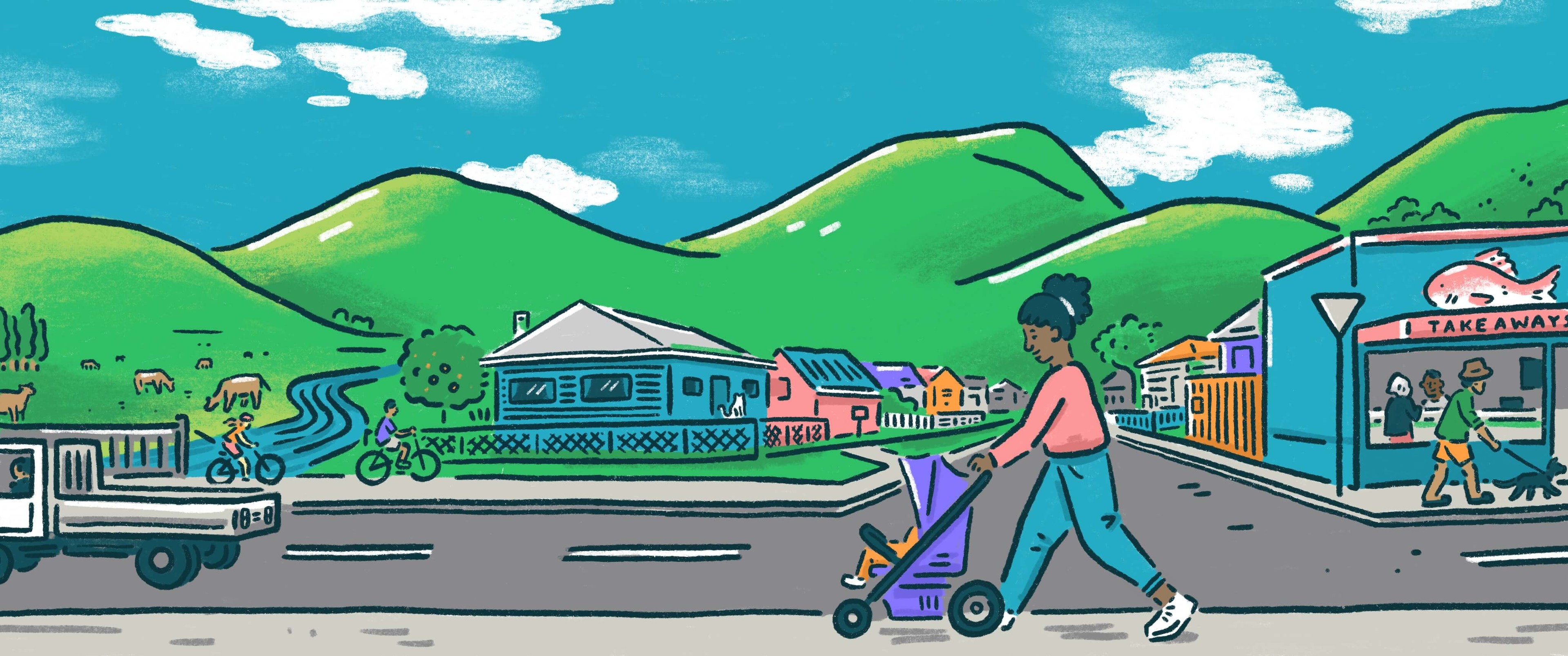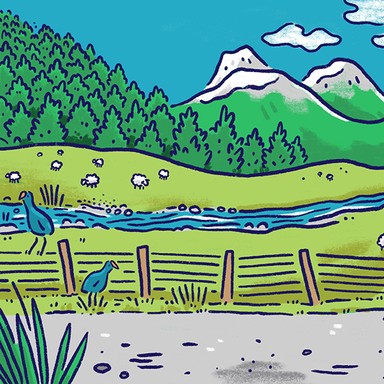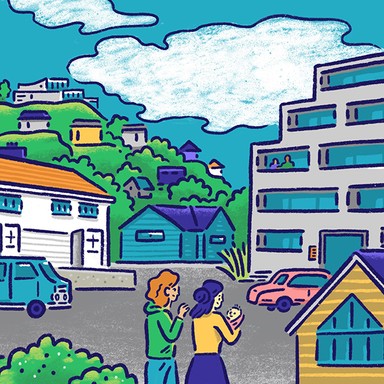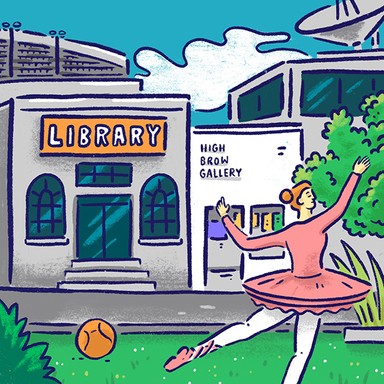
Far North District Council

Rates and revenue
The work of local government is funded mainly by property taxes in the local area, known as rates. This makes up around 60% of council expenditure, with the rest coming from user charges, investment income, regulatory fees and roading subsidies. Councils can also borrow money to spread the cost of large investments such as infrastructure over a longer period of time.

Rates and revenue
The work of local government is funded mainly by property taxes in the local area, known as rates. This makes up around 60% of council expenditure, with the rest coming from user charges, investment income, regulatory fees and roading subsidies. Councils can also borrow money to spread the cost of large investments such as infrastructure over a longer period of time.
Ensure a continuing strategy of investing in necessary infrastructure to meet both current and future needs.
Look at ways council can collaborate with government to fund projects which will draw people back to live and invest in the region.
Introduce development contribution policy charges by 2024.
Build funding partnerships to attract sustainable external funding and reduce reliability on rates.
Advocate to central government for an actioned review of the funding model of New Zealand, and increased public spending at a local level.
Engage with you, the people, in order to reprioritise what you want us to spend rates on vs how much you can afford for us to rate.
Show the funding and cost stream in plain english to our people.
Regularly review if we have got our priorities right. In a focus group setting.
Complete the development contributions policy and embed the deliverables into business as usual.
Ensure rates affordability remains top of mind. There is a balance between must haves, nice to haves and who pays.
Continue advocacy with central government about grants and subsidies to ensure inwards investment for the district.
Ensure a continuing strategy of investing in necessary infrastructure to meet both current and future needs.
Look at ways council can collaborate with government to fund projects which will draw people back to live and invest in the region.
Introduce development contribution policy charges by 2024.
Build funding partnerships to attract sustainable external funding and reduce reliability on rates.
Advocate to central government for an actioned review of the funding model of New Zealand, and increased public spending at a local level.
Engage with you, the people, in order to reprioritise what you want us to spend rates on vs how much you can afford for us to rate.
Show the funding and cost stream in plain english to our people.
Regularly review if we have got our priorities right. In a focus group setting.
Complete the development contributions policy and embed the deliverables into business as usual.
Ensure rates affordability remains top of mind. There is a balance between must haves, nice to haves and who pays.
Continue advocacy with central government about grants and subsidies to ensure inwards investment for the district.
Mayor
Compare the mayoral candidates in your area
Local council
Compare the candidates for your city or district council
Regional council
Compare the candidates for your regional council
Local board
Compare the candidates for your local or community board







